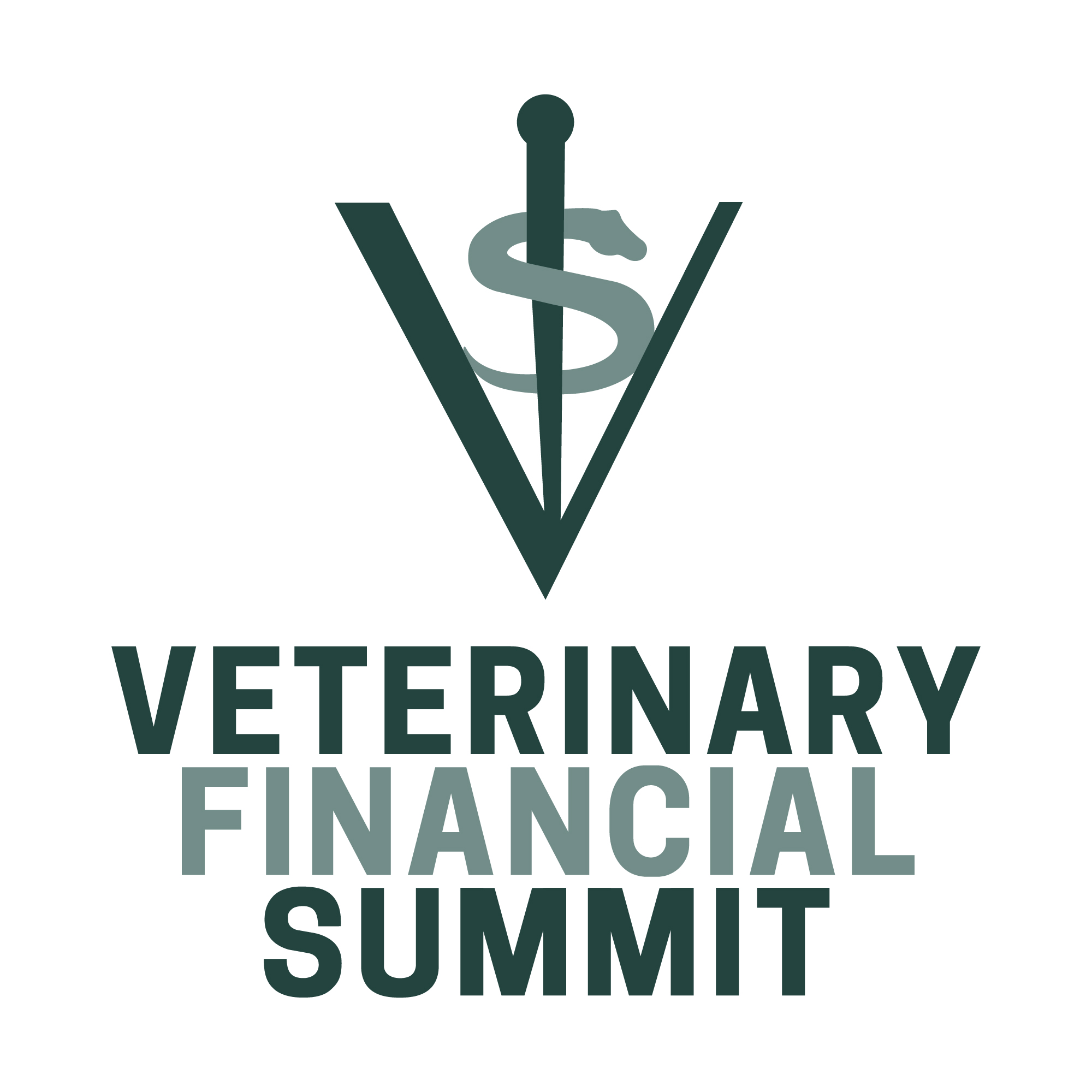6 Additional Tips to Reduce Debt
Now that you have decided on your approach for paying off debt, there are other things you can do to help facilitate your goal of becoming debt-free. Consider the following ideas:
1) Cash or debit
Until you’ve repaid your debt, always pay cash or use a debit card for everyday items, rather than using a credit card.
If you continue to use a credit card, you are spending money you don’t have. This means that you’re adding insult to injury…
2) Emergency fund
It’s rewarding to be debt-free, but if you are not adequately prepared to handle life’s little curveballs, you could very easily find yourself in debt again. This is the reason why having a “rainy day” fund, or an emergency fund, is so important.
When you have some money saved in a dedicated bank account, you can take it out to pay for new tires, a new water heater or a new roof, rather than getting back into debt.
3) Savings
Embrace the “pay-yourself-first” mentality. Set a goal to save 10% of your income, and set that aside before paying any bills. Paying yourself first is a simple way to build savings. Once you get into the habit, you won’t even miss that money.
If you are truly not in a position to save 10%, that’s OK. Start with 1 or 2 or 5% and slowly work your way to 10%. Extreme savers are capable of saving 20% or more of their income!
4) Restructure
Consider restructuring consumer debt, such as credit card debt. Contact your credit card companies to see if they will give you a lower interest rate. Simply tell them another company is offering you 0% interest for X number of months and see what they say.
A lower interest rate will hopefully help you pay off your credit cards a little sooner. As your stack of bills dwindles, you can put more money aside toward savings, your “fun” account, or your next vacation. Once you get the ball rolling, it will only get better.
Friendly warning: remember that you need to acquire new habits and make better spending choices in the future to avoid ending right back where you started.
5) Refinance
Consider refinancing your mortgage. Especially since interest rates have come down so much, it may make sense to refinance a mortgage. “Everybody” will tell you that refinancing is a brilliant strategy. But buyer beware: refinancing is ALWAYS a great deal for the bank or your loan broker, yet not always for you.
A “refi” is not a free event. It requires time, paperwork and some significant fees. Mortgage refinance closing costs can range from 2 to 6% of your loan amount. The average closing costs for a refi are a bit under $5,800 (including taxes).
So before you jump into a refi, do some serious math to figure out when you’ll break even. Make sure it truly makes sense for your particular situation.
6) Education
Educate yourself so you don’t make the same mistakes over and over again. Here are a few thoughts:
- Learn the difference between good debt and bad debt.
- Listen to financial podcasts.
- Read books on personal finance.
- Shameless plug: attend the upcoming Veterinary Financial Summit in September.
- Partner with an accountability buddy, who will help you stay on track. Every (willing) attendee of the Summit will be paired with an accountability group, which will make it exponentially more likely that you’ll reach your $ goals.
Don’t forget to reward yourself along the path to financial success.
Getting out of debt is wonderful. Staying out of debt is even better.
Phil Zeltzman, DVM, DACVS
Meredith Jones, DVM
Co-Founders of Veterinary Financial Summit
Interested in learning more about $$$?
Subscribe to the Blog
Join the Community
Attend the Summit
Learn about the Mastermind
